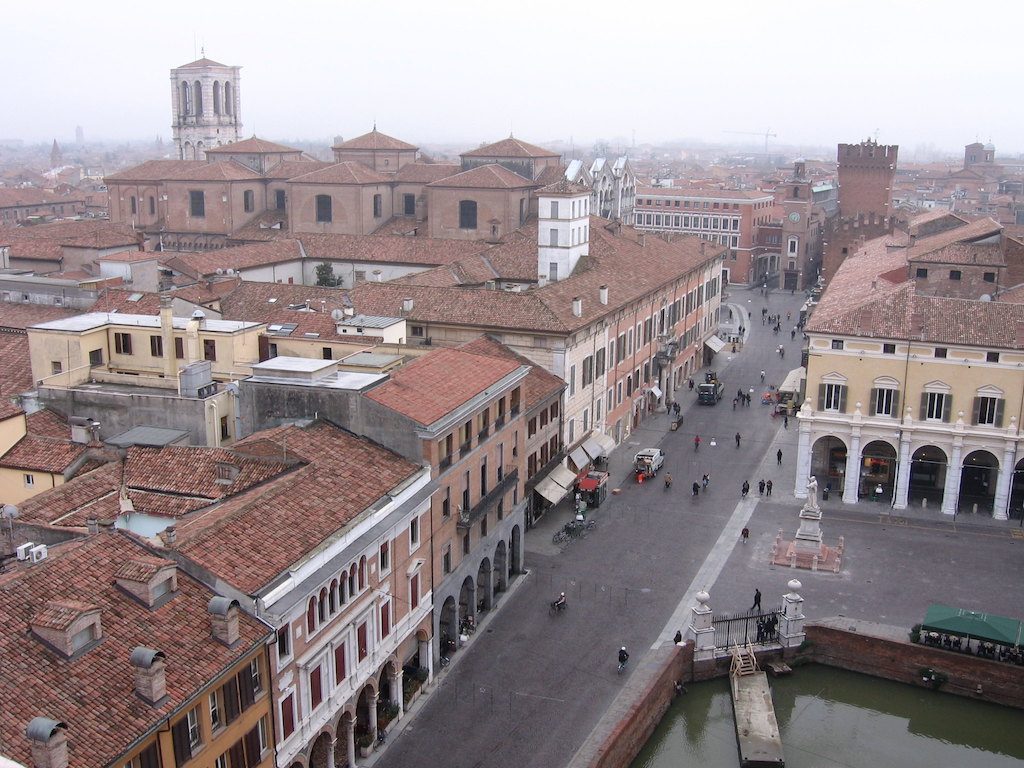Gruppo Hera has taken over Casaglia geothermal plant from Enel Green Power in Italy
Italian Hera Group has taken over the Casaglia geothermal plant of Enel Green Power with plans to improve production and expand use for district heating and additional use.
In a release yesterday, Italian Gruppo Hera (associated with Enel Green Power in a specifically created Temporary Grouping of Companies) has just before the end of 2019, taken over the geothermal power plant of Casaglia in Italy. The concession for the utilisation of the geothermal resources was gained at the end of September 2017.
This concession had been assigned following the award of a public tender, which among other things set the terms for the transfer of the structures and facilities instrumental to the exploitation of the field – which took place at the end of 2019 – from the previous concessionaire to the winner of the tender, in which the Hera Group participated.
Ferrara, geothermal and district heating
The acquisition of the geothermal power plant by the Hera Group, even if only partially, is an important novelty for the city of Ferrara. Here Hera is also the manager of the district heating service, to which geothermal energy is intimately connected: the Ferrarese hot water network, in fact, supplies about 43% of the heat needed precisely from the thermal energy that flows from the subsoil: a renewable and completely clean energy, which contributes to making Ferrara district heating one of the most important geothermal plants in Europe.
In this scenario, Hera’s control of the extraction phase of geothermal energy – the so-called energy upstream – will allow the multi-utility to give new impetus to the district heating service in the city, both for the benefit of the residential and production markets.
Already during the tender, in fact, a plan was presented for the improvement of the production of existing wells which will take place in part thanks to more efficient operating conditions and in part thanks to the use of a part of heat that, up to now, has not it was exploited: in this case, it is a part of geothermal resource at medium / low temperature, not suitable for feeding district heating but which could be used by productive sectors such as viticulture or fish farming.
District heating, sustainable heat
It is now common notion that the main contribution to air pollution in the winter months comes from heating systems, and ARPAE estimates that 52% of the emissions of fine dust into the atmosphere derive from this activity.
District heating in general – and that powered by the geothermal source in particular – represents a valid solution to this problem. Already today, in Ferrara, a large portion of the urban area is heated by thermal energy produced at 84% from renewable and assimilated sources, with low (or even zero, in the case of geothermal) emissions into the atmosphere.
These peculiarities, practically unique throughout the national territory, mean that the 25,000 equivalent housing units served by the over 160 kilometers of Ferrara district heating network have a very limited environmental impact. A saving that can be estimated – compared to traditional forms of heating – in almost 54 thousand tons of CO2 per year and in over 38 tons of dust avoided.
Source: company release
Other documents: Concession document for Casaglia 1, 2 and 3 (pdf)


















